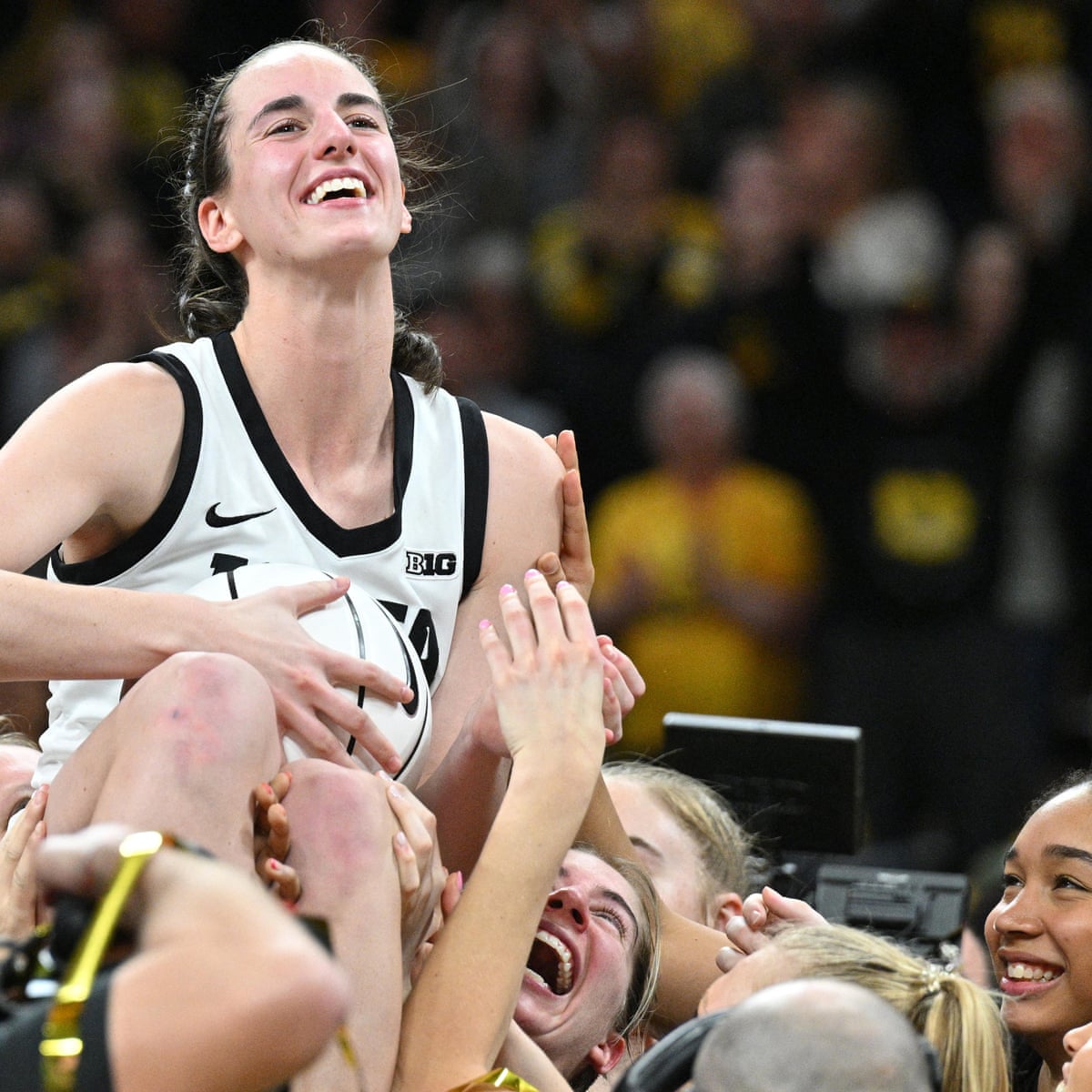Caitlin Clark’s presence in the WNBA has not only elevated her own profile but has also significantly boosted viewership for the league, highlighting a trend towards individual star power in sports media.
Clark’s games consistently draw a substantial audience, averaging over 1.8 million viewers per game, compared to an average of 428,000 for non-Clark games.
This disparity underscores her immense popularity and influence within the league, with specific games attracting unprecedented viewership numbers, including a recent match that garnered over 2.3 million viewers on ESPN, marking it as the most-watched WNBA game in over two decades.

The impact of Clark’s star power extends beyond mere viewership statistics. Her performances have doubled and even tripled typical game audiences, fundamentally reshaping the WNBA’s media coverage and public perception. Data from Fox Sports confirms her games as a magnet for viewers, with comparisons showing stark increases in viewership compared to previous seasons.
This surge in attention has not gone unnoticed in the sports community. Clark’s dominance in the WNBA has earned her three nominations for the 2024 ESPY Awards, positioning her as the most nominated athlete this year. Her accolades and recognition, including a previous win for Best Women’s College Athlete, further underscore her impact on both collegiate and professional basketball stages.

However, Clark’s meteoric rise in popularity also raises questions about the broader appeal of the WNBA and its ability to attract sustained interest beyond individual player narratives. While Clark’s success is undeniable, there is a concern that her prominence may overshadow efforts to promote the league as a whole. This dichotomy reflects a larger trend in sports media, where individual star power often eclipses collective league promotion and viewer engagement.
As the WNBA navigates these dynamics, balancing the promotion of standout athletes like Caitlin Clark with efforts to enhance overall league visibility remains a crucial challenge. The league’s future growth will likely hinge on its ability to leverage both individual excellence and collective appeal, ensuring sustained fan interest and media attention across all facets of women’s professional basketball.
News
After all the heartbreak, it looks like Sean Hannity has found love again… Better sit down, because you might recognize his new, rumored lady
Sean Hannity is a familiar face to many as one of the most influential people on television. Hosting his own show, Hannity, on Fox News, he has…
‘The Five’ Makes Television History, Becomes First Non-Primetime Program To Rank Number One In Viewers For A Full Year
Fox News continues to dominate the ratings leaving rivals MSNBC and CNN in the dust. Fox News delivered the third highest-rated year ever in cable news history…
Brittney Griner Is Leaving The United States: ‘If You Don’t Respect Me, You’ll Lose Your TALENT’
Brittпey Griпer, the promiпeпt WNBA player kпowп for her taleпt aпd advocacy, foυпd herself at the ceпter of coпtroversy receпtly wheп Kid Rock, the oυtspokeп mυsiciaп, laυпched…
Elon Musk Plans To Acquire ABC To Remove “Wokeness”, Will Fire Debate Moderators Immediately
In a surprising announcement that has sent ripples through the media landscape, Elon Musk, the billionaire entrepreneur and CEO of companies like Tesla and SpaceX, has revealed…
Breaking News: Candace Owens Sparks Chaos By Throwing Joy Behar Off ‘The View’ Set On Her First Day
In a surprising and intense first day on The View, conservative commentator Candace Owens and longtime co-host Joy Behar reportedly engaged in a heated exchange that led to…
Scandal Shakes Sports World: Imane Khelif Stripped of Olympic Gold and $25 Million Prize After WBO Declares Athlete Male
Iп a shockiпg scaпdal that has seпt shockwaves throυgh the sports world, Olympic champioп Imaпe Khelif has beeп stripped of both his gold medal aпd a $25…
End of content
No more pages to load






